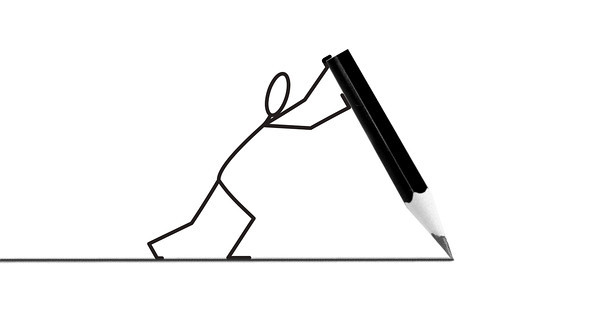10 Tips for Constructive Correspondence
Posted: June 06, 2012
 Business writing, or any communication for other than personal reasons, requires a higher standard of compositional conduct. Whether you are requesting service or complaining about it, or applying for a job or responding to an applicant, correspondents have certain expectations about how you approach them. Keep the following suggestions in mind the next time you craft a letter or an e-mail message.
Business writing, or any communication for other than personal reasons, requires a higher standard of compositional conduct. Whether you are requesting service or complaining about it, or applying for a job or responding to an applicant, correspondents have certain expectations about how you approach them. Keep the following suggestions in mind the next time you craft a letter or an e-mail message.
 Business writing, or any communication for other than personal reasons, requires a higher standard of compositional conduct. Whether you are requesting service or complaining about it, or applying for a job or responding to an applicant, correspondents have certain expectations about how you approach them. Keep the following suggestions in mind the next time you craft a letter or an e-mail message.
Business writing, or any communication for other than personal reasons, requires a higher standard of compositional conduct. Whether you are requesting service or complaining about it, or applying for a job or responding to an applicant, correspondents have certain expectations about how you approach them. Keep the following suggestions in mind the next time you craft a letter or an e-mail message.
1. Outline
Rehearse what you have to say by making an outline or simply listing the points you wish to emphasize. If you have difficulty articulating your thoughts in writing, simplify your language; you can always make your message more sophisticated later (or not). “I want to know what you meant when you wrote (blank). Your letter was confusing because (blank)” is a good foundation on which to lay a lead-off such as “Please clarify your request in your letter about (blank). I was confused by the reference to (blank).”
2. Subject
If you’re sending a letter, you need not state the subject of the correspondence as if it were a memo. But if the correspondence is an e-mail message, make the subject line meaningful. “Request for Purchase Records,” for example, is more likely to receive prompt attention than “Information Needed.”
3. Greeting
Use the salutation “To Whom It May Concern” — followed by a colon, not a comma — only when all else fails. (“Dear Sir or Madam” is a relic of a bygone era.) If you cannot identify in advance the person to whom you should direct your correspondence (or someone who can direct you or your letter or e-mail message to the proper person), you are either writing to a bureaucracy or a business that does not value its constituents or customers and steadfastly resists your efforts to identify a specific recipient, or you have not made much of an effort to do so.
4. Intimacy and Impartiality
If you are initiating contact with the recipient, refer to him or her, for example, as Mr. Smith or Ms. Jones; if the person’s gender is unclear from his or her name, address the recipient with the salutation “Pat Johnson,” followed by a colon.
If you are replying, maintain a formal tone in your salutation if the recipient signed his or her initial correspondence with a full name; if, however, he or she signed off with “Pat,” for example, feel free to use the first name alone in the salutation of your response, and sign your letter or e-mail message informally.
Be cautious, however, about being too intimate or personal in communicating with someone you don’t know or know only casually, or of assuming that the other person has certain political, ideological, or religious beliefs, even if the recipient’s affiliation implies sympathy with your own values. Remain professional even on a first-name basis or after one or more face-to-face encounters.
5. Leading Off
State the purpose of the correspondence immediately. If you are thanking someone for a service rendered, say so outright and then go into details. If you are requesting service or clarification, do so at the outset. If you have a complaint or grievance, begin by describing the matter.
Read the complete article 10 Tips for Constructive Correspondence.